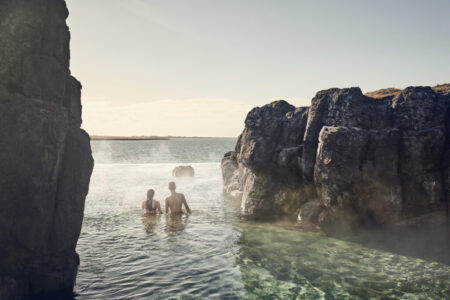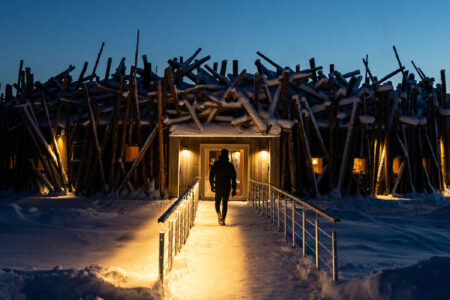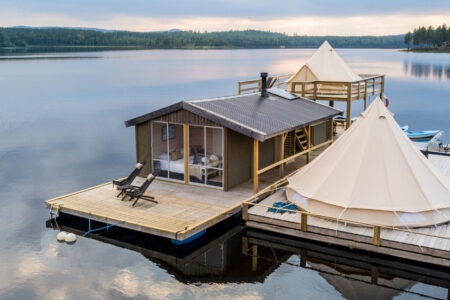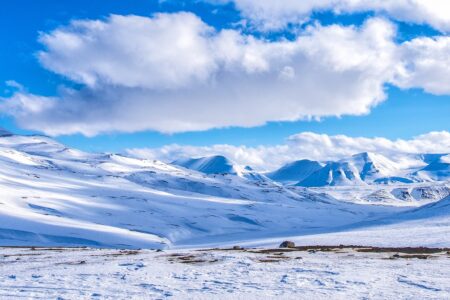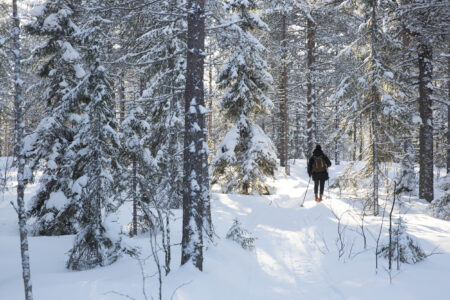The Northern Lights are always spectacular no matter what form they take, but did you know that there are actually many different types of Northern Lights displays? Just like clouds, the Northern Lights can take a great many different shapes and each has a special name.
Some are more common than others and the type of Northern Lights that you see are often determined by the level of solar activity. Here’s an overview of the different types of Northern Lights that you might encounter.

Types of Northern Lights
The Northern Lights are an amazing sight caused by solar winds and coronal mass ejections. They can come in many different shapes and sizes.
Arcs
Arcs Possess long graceful curves from horizon to horizon. They are the most common shape, seen in times of low solar activity. During more intense solar activity they become more active and distorted.
Bands
Bands are similar to arcs, but possess more curves. Like arcs, their level of distortion changes with the sun’s activity. Arcs can change into bands in mere minutes.
Corona
Coronas take the shape of a converging crown overhead. They can contain a great variety of colour, with purples, whites and blues. They are most common during periods of intense solar activity.
Diffuse
Diffuse auroras are only seen on rare occasions. They do not take on a specific shape with any special features. They cannot be seen easily, typically needing specialised equipment.
Rays
Rays appear as smaller filaments or streaks. They are formed when thin arcs curl up on themselves. They are most common in periods of high solar activity.
Off The Map Travel provide truly tailor-made luxury adventure holidays to multiple Northern Lights destinations – including Sweden, Iceland, Canada and more. Our travel specialists are always on hand to discuss your dream vacation package.
For more information call +44 (0) 203 769 1862 or email [email protected].
